IDD Analysis
Announcing an elevation of bilateral ties India and Australia – both members of the four-nation quadrilateral, or the ‘Quad’, have said their partnership is now at the level of ‘comprehensive strategic partnership’ and have opened military bases to each other’s forces allowing refuel and logistics for assets like planes, warships and submarines.
A joint declaration was also made on the ‘shared vision for maritime cooperation in the Indo- Pacific’, signifying improved cohesiveness of the ‘Quad’ – of which, US and Japan are the two other partners.
These announcements were made following a virtual summit between Indian Prime Minister Narendra Modi and his Australian counterpart Scott Morrison on June 4.
Relations between India and Australia – both share the rim of the Indian Ocean — have cemented in the past decade or so. The two nations signed a series of significant agreements on June 4, which tie-them together on several counts. Among the military and strategic agreements are : Mutual Logistics Support (MLSA); Framework arrangement on Cyber and Cyber-Enabled critical technology cooperation; agreement in field of mining and processing of critical and strategic minerals and arrangement concerning cooperation in Defence Science and Technology to the MoU on Defence Cooperation. ( read full list here)
India and Australia also announced upgrading a key dialogue — till now held between the Foreign Secretaries and Defence Secretaries of the two countries — to the level of Foreign and Defence ministers.
“There was an unlimited potential in the relationship and the challenge was how to translate the potential into reality to make it a factor of stability and global good.”
Indian PM Narendra Modi
A reference to China, though without naming it, was made by the Indian Prime Minister Narendra Modi, who said: “Both countries shared global common values like democracy, mutual respect, respect for international institutions and rules, these were now being challenged”.
Australian Prime Minister was scheduled for a January 13-16 trip to India, during which he was to visit New Delhi, Mumbai, and Bangalore. The same had to be cancelled due to the scare caused by Covid-19 virus.
Understanding the Comprehensive Strategic partnership
The two countries had signed, in 2009, a bilateral Strategic Partnership, which has now been elevated to be a Comprehensive Strategic Partnership or (CSP).
New Delhi and Canberra have decided the contours of the CSP to include common interests and the shared values of democracy and rule of law. “Will use Multilateral, regional and plurilateral mechanisms to strengthen and diversify supply chains for critical health, technology and other goods and services,” the declaration on CSP said ( read it here). Also an Australia – India Strategic Research Fund will to promote innovative solutions for responding to and treating COVID-19.
Both countries have jointly decided to work together in the areas of digital economy, cyber security and critical and emerging technologies as identified by the Framework Arrangement on cyber and cyber-enabled critical technology cooperation.
At present the collective two-way trade between the two is $ 30.341 Billion and has grown at 15 percent per annum in the past five years, the highest growth when seen from the Australian perspective. The Australian Department of Foreign Affairs and Trade lists India as it fifth largest export market after China, Japan, South Korea and the US.( read full data here)

Why the Indo Pacific is linked to Quad
Both countries share a view that many of the future challenges are likely to occur in, and emanate from, the maritime domain. The cooperation in the maritime domain has been encapsulated in the ‘Joint Declaration on a Shared Vision for Maritime Cooperation in the Indo-Pacific’. Read it here
This lists ‘enhanced arrangements’ to facilitate deeper engagement on maritime domain awareness and expanded linkages between our maritime agencies – the Navy and the Coast Guard. They have committed to work together with partners and relevant regional organisations across the Indo-Pacific, including ASEAN, to see off the challenge in maritime domains.
Australia is supportive of India’s Indo-Pacific Oceans Initiative (IPOI) which will promote better coordination and cooperation among the countries in the region on maritime related issues.

Both sides agreed to share technologies and resources to support the health and sustainability of oceans and water resources, including through regional institutions. They also concurred to build on existing commitments to combat marine litter and single-use plastic waste, and target Illegal, Unreported and Unregulated (IUU) fishing. “ A strong India-Australia partnership was also important for stability in the Indo-Pacific region”, Modi said.
“Relationship is very comfortable and natural as shared common values include an open, inclusive and prosperous Indo-Pacific”
Australian PM Scott Morrison
Deepening defence ties
This is the real ‘leap-frog’ in relations. In 2007, Australia had been called for the four natio ( US , Japan, Australia and India) Exercise Malabar. China objected and saw this as an anti-China, India was not too keen on having Australia or Japan lest it would look like a military grouping.
It was only in June 2013, that an Indian Defence Minister, paid a first-ever official visit to Australia, a few months later, in October 2013, Indian Navy’s ship INS Sahyadri participated in an International Fleet Review at Sydney.
The next step was in November 2014 the two sides signed the ‘Framework for Security Cooperation’ ( read it here). Both sides decided in 2014, to extend defence cooperation to cover research, development and industry engagement and agreed to hold regular meetings at the level of the Defence Minister, conduct regular maritime exercises and convene regular service-to-service talks.
In 2015, a technical Agreement on White Shipping Information Exchange was signed. In 2016 the Australia Government’s White paper on defence announced that “Australia sees India as a key security partner in the Indian Ocean and broader Indo-Pacific region”. (read white paper here)
“Government will seek to further mature our defence relationship with India in support of our shared strategic interests”.
Australian defence white paper.
The first-ever bilateral maritime exercise, AUSINDEX 15, was conducted in Visakhapatnam. Australia hosted the second edition in 2017 while the third edition in 2019 set new parameters for complexity of exercise. Conducted in India, it focused on anti-submarine warfare and tactical maritime manoeuvre.
Australia fielded HMAS Canberra, a Canberra-Class landing Helicopter Dock, is the flagship of the task group, and is joined by HMAS Success, Newcastle and Parramatta, and embarked MH-60R maritime helicopters and MRH-90 maritime support helicopters.
The submarine, HMAS Collins, and a Royal Australian Air Force P8-A Poseidon maritime patrol aircraft have joined the Task group for AUSINDEX.

Indian Navy was represented by INS Ranvijay, a multi-role destroyer, INS Sahyadri, a multi-role stealth frigate, INS Kora, a missile corvette, INS Kiltan, an ASW corvette and INS Sindhukirti, a conventional submarine. In addition to embarked helicopters such as Seaking Mk 42B and Chetak, the aviation component included Dornier maritime patrol aircraft, Hawk Advanced Jet Trainers and P8I ASW aircraft.
India and Australia share a common concern over China and bilateral transactions between the two countries are driven by that. China presence in the Pacific is the worry of Australia, India is looking at China’s activities and influence in the Indian Ocean with a discerning eye.
At the virtual summit it was agreed that both sides will continue to deepen and broaden defence cooperation by enhancing the scope and complexity of their military exercises and engagement activities to develop new ways to address shared security challenges. Both sides agreed to increase military inter-operability.
It was agreed that the implementing arrangement concerning cooperation in Defence Science and Technology to the MoU on Defence Cooperation provides a framework for growing collaboration between the defence science and technology research organisations of both countries.
Significance of MLSA.
The Mutual Logistics Support Agreement (MLSA) signed on June 4 allows the two countries to use each other’s military bases for logistics support, including food, water, and petroleum. India and Australia, both stand to gain from the pact which was inked today among the clutch of agreements. It will allow planes, ships and submarines of both countries to refuel and restock at each other’s facilities.
India fleet of maritime surveillance planes, the Boeing P8I can operate in a much wider arc. Australia uses the same plane but a different variant called the P8A – same as the one used by the US. This would mean, that an Indian surveillance plane need not rely on just US bases , to refuel or seek spares. India and US already have such an agreement of sharing logistics. The same is true for warships and submarines.

Conversely for Australia, it will widen its operational limits in the Indian Ocean and the Arabian sea. At present its can use US bases which are in Africa and also The Philippines besides Diego Garcia, in Southern Indian Ocean. The agreement means of Indian bases like Vishakapatnam, Mumbai and Port Blair would be available for Australian warships and planes.
Impact on Quad
India –Australia military ties were not ‘deep enough’ or ‘mature enough’ for the ‘Quad’ partners to be working in tandem. The announcement on June 4 is important as it brings both the countries at par with bilateral arrangements each of them have with Japan or the US.
The four partners are looking to institutionalize information sharing and have regular information sharing on infrastructure and development, advance efforts on maritime domain awareness. One of the key pillars will be open navigation and trade continues through the Indo-Pacific region.
US President Donald Trump, at a joint briefing with Indian Prime Minister Narendra Modi, on Februry 25 in New Delhi said:
“Together, the Prime Minister (Modi) and I are revitalizing the Quad Initiative”.
US President Donald Trump in New delhi Feb 25, 20202
Before that, on November 4, 2019, the officials of the Quad met at Bangkok (read text here). Earlier on November 12, 2017 at Manila where it was discussion focused on cooperation based on “converging vision and values for promotion of peace, stability and prosperity in the region”. Read full text here
It was agreed to have a free, open, prosperous and inclusive Indo-Pacific region serves the long-term interests of all countries in the region and of the world at large.
Already on October 22, 2019, US Secretary of State Mike Pompeo at speech at the Heritage foundation said “Quad” between Japan, Australia, India and the United States would ensure that “China retains only its proper place in the world”.
Shinzo Abe had first spoken about it term ‘Asian Security Diamond’ and first proposed by Japanese Prime Minister Shinzo Abe in December 2012. Read it here.
He had talked about a strategy involving Australia, India, Japan and the US to form a ‘diamond’ to safeguard the maritime commons stretching from the Indian Ocean region to the Pacific. The ‘new grouping’ emerged as India cemented relations with Japan and Australia besides getting close to the US.
Strategic Minerals are key to modern development
Australia has conveyed that New Delhi could consider it as a stable, reliable and trusted supplier of high-quality mineral resources to India. Both sides jointly decided to diversify and expand the existing resources partnership.
The MOU on ‘cooperation in the field of mining and processing of critical and strategic minerals’ identifies specific areas where both sides will work together to meet the technological demands of the future economy.
“Both countries jointly decided to cooperate on new technologies for exploration and extraction of other minerals.”
From the CSP signed JUne 4 .
Australia, as part of its strategy to widen the supply of Lithium and rare earths to strategic partners, has signed a preliminary deal to supply India with critical minerals needed for the new-energy economy. Its has similar deal with the US.
Australia is looking to supply cobalt and zircon to India, besides lithium, rare earths and tantalum. The super magnetic strength of the rare earth elements enables extraordinary miniaturization of components.
Rare earths an essential ingredient in a wide range of products like fighter jets, ballistic missiles, guidance systems, electronic displays, lasers, radars, sonar, communications systems, GPS, satellites, oil refineries, automobile industry, fuel cells, aviation industry, high end hi-tech consumer products like cell phones, computer hard drives, wind turbines, flat screen monitors, fiber optics, LED, solar panels and also in almost every clean energy and green technology application. Estimates of Global reserves of rare earths vary widely. Reckonable REE reserves have been identified in China (55 per cent), US (10 to 15 per cent), India and Australia (3 per cent each).






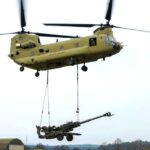








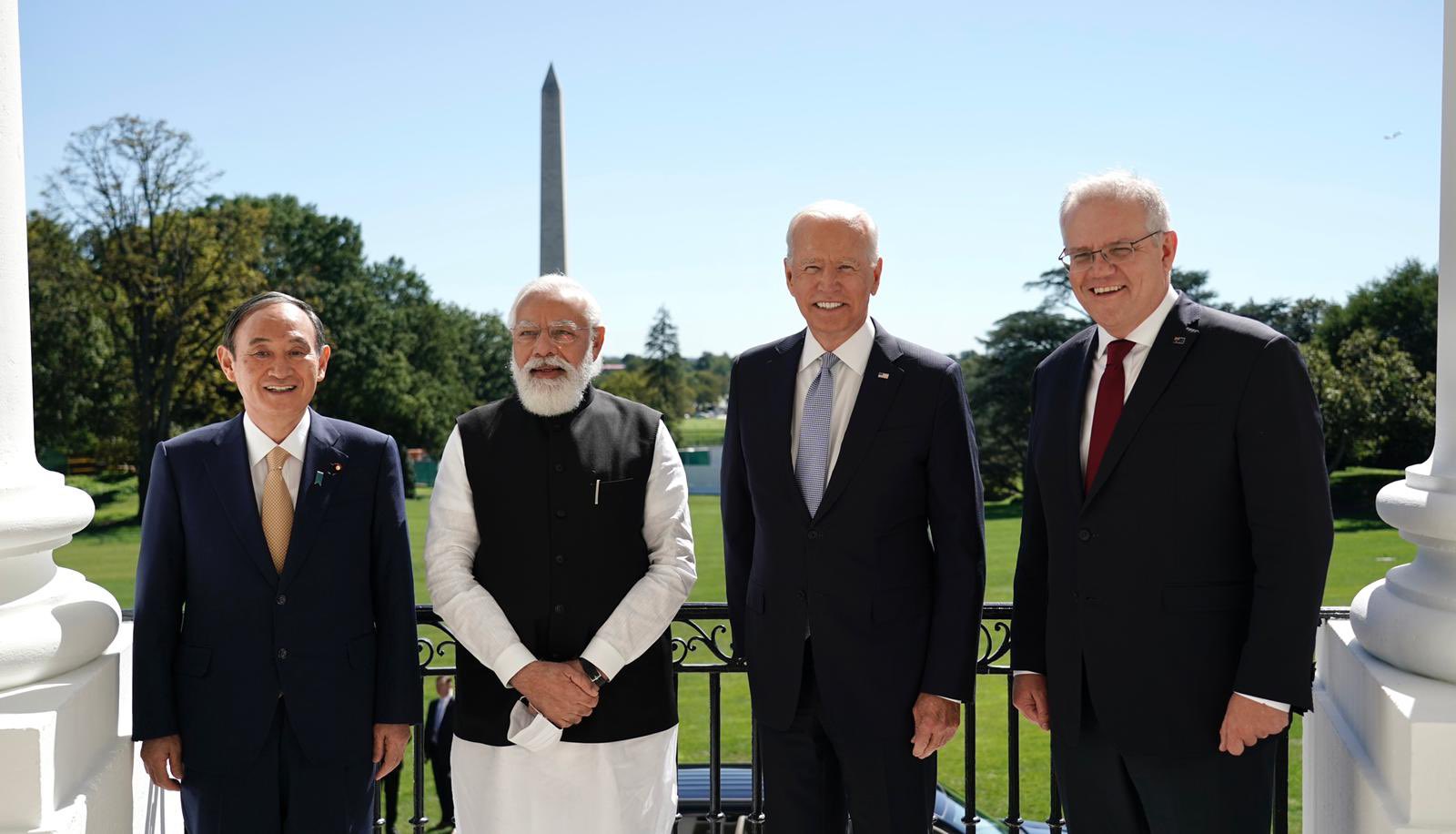
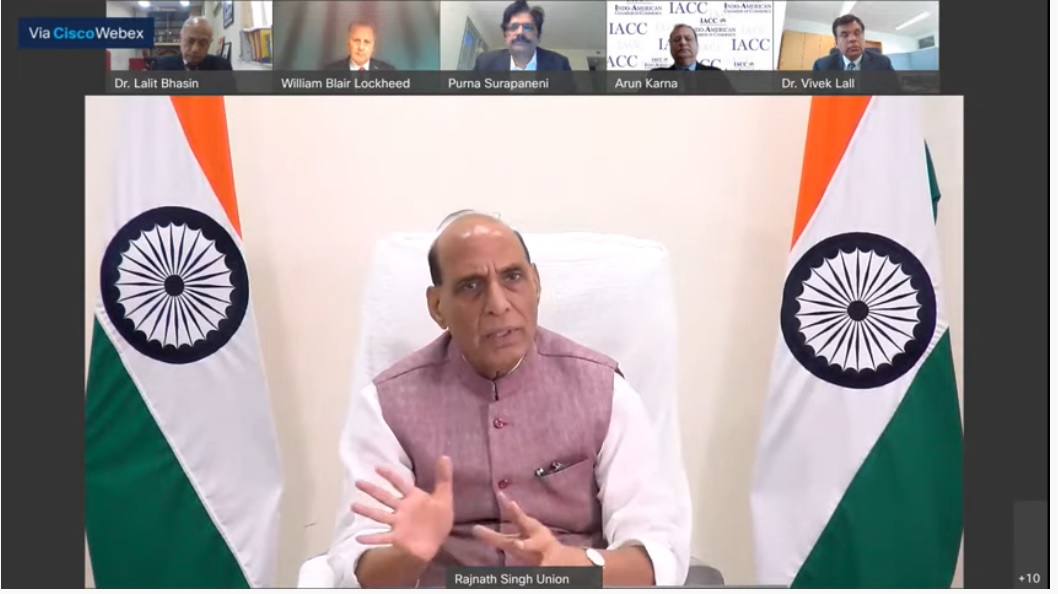
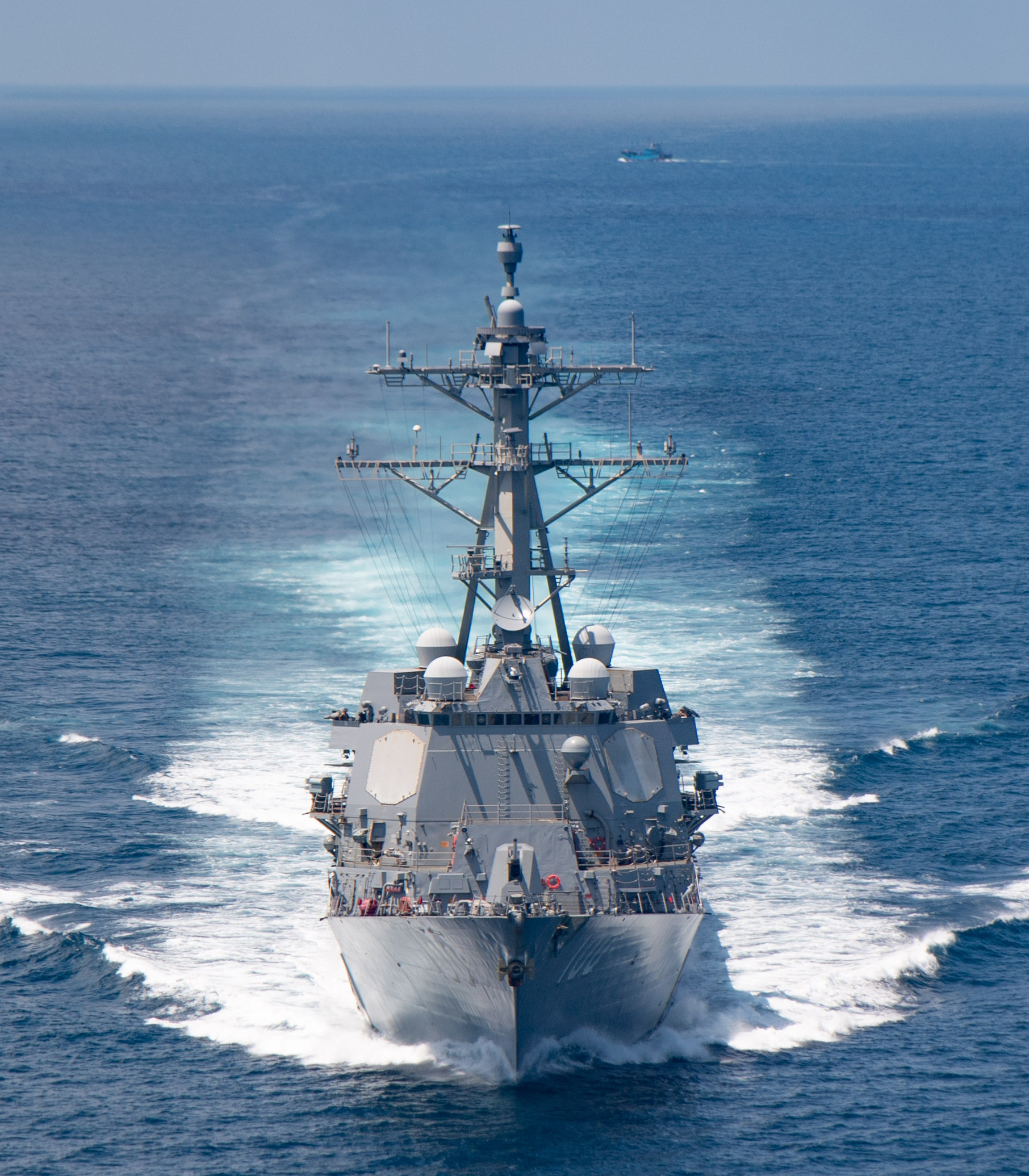
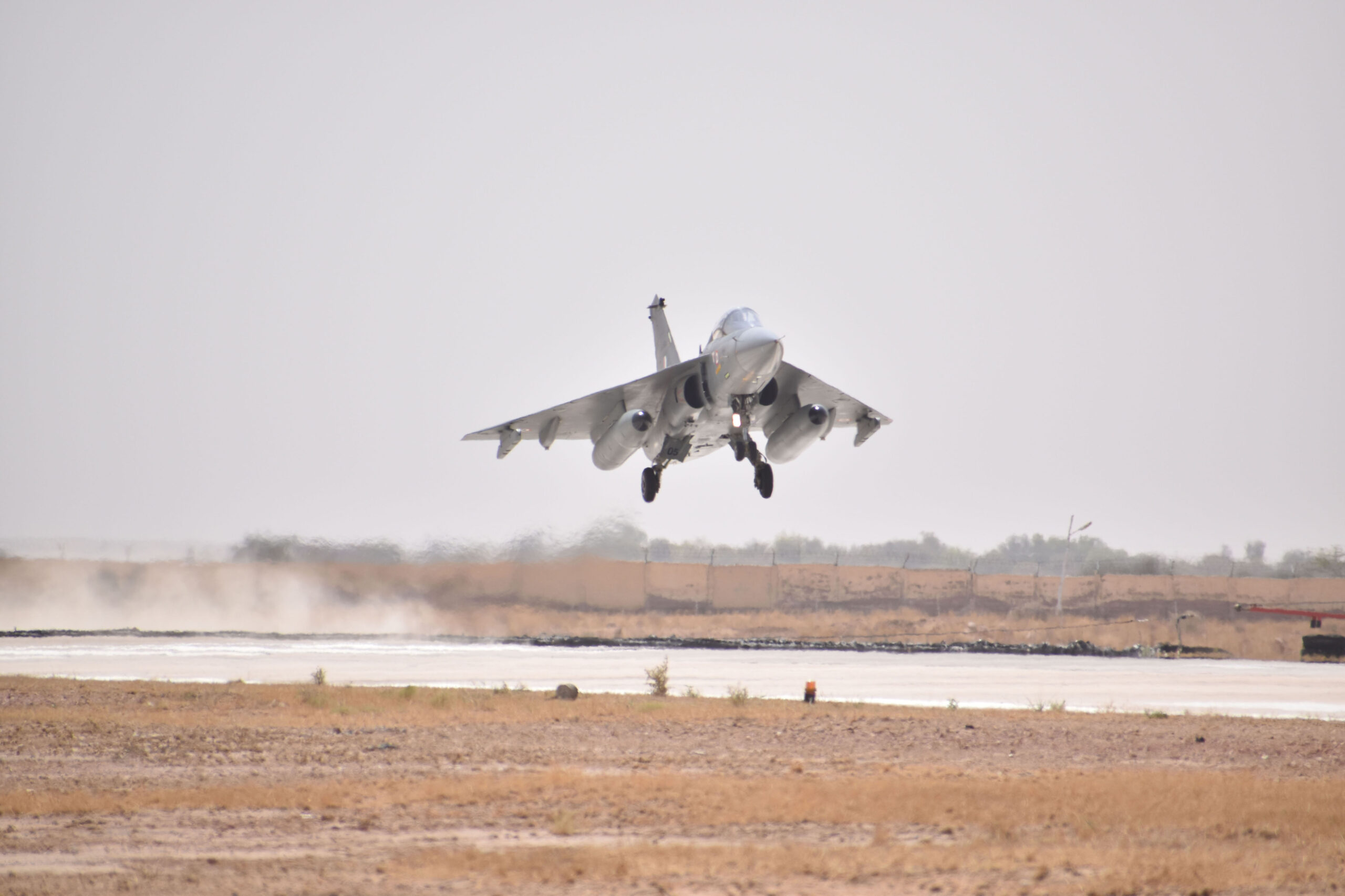
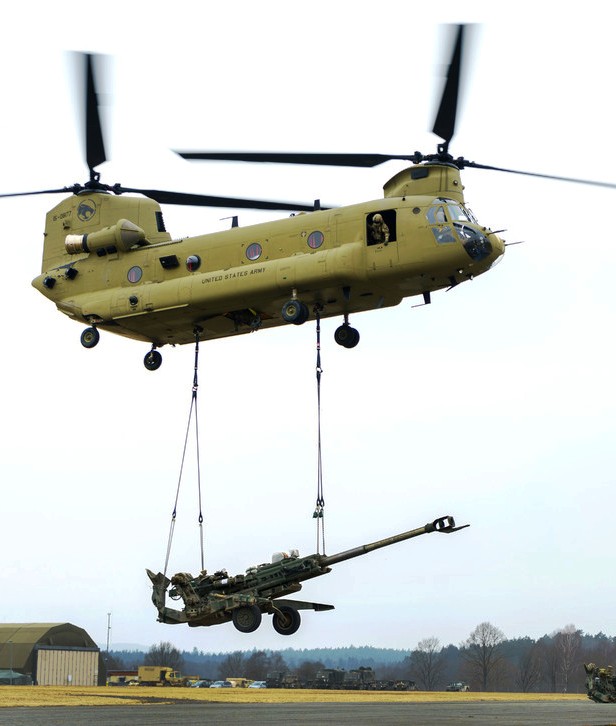



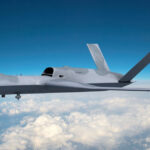
Recent Comments